Yasuhiro Ishimoto
Yasuhiro Ishimoto Centennial "Yasuhiro Ishimoto"
June 10 - Aug 3, 2021
PGI
-
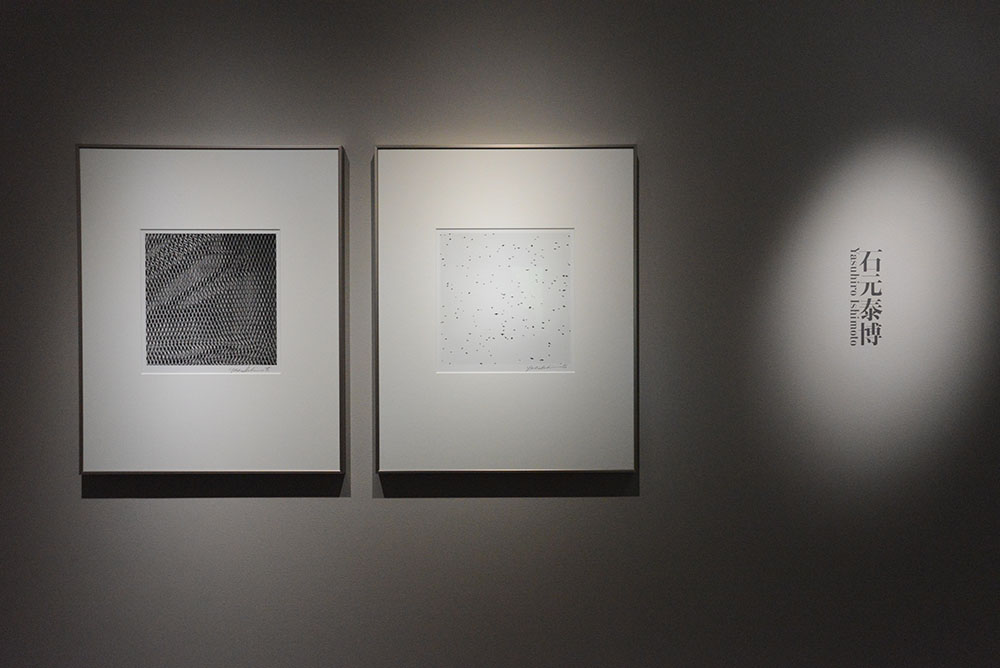
©Kochi Prefecture, Ishimoto Yasuhiro Photo Center
-
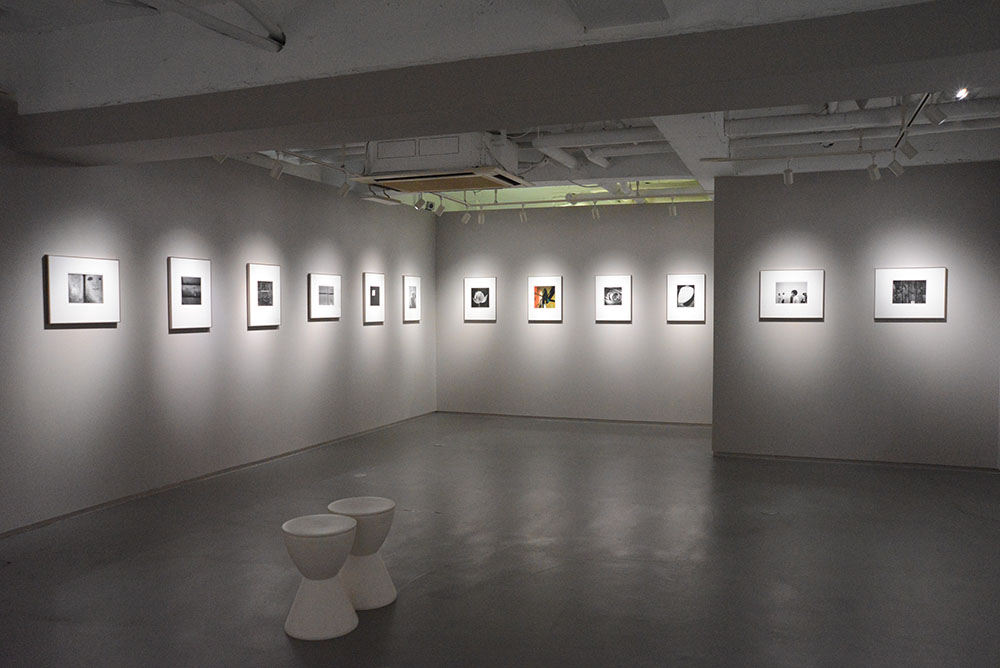
©Kochi Prefecture, Ishimoto Yasuhiro Photo Center
-
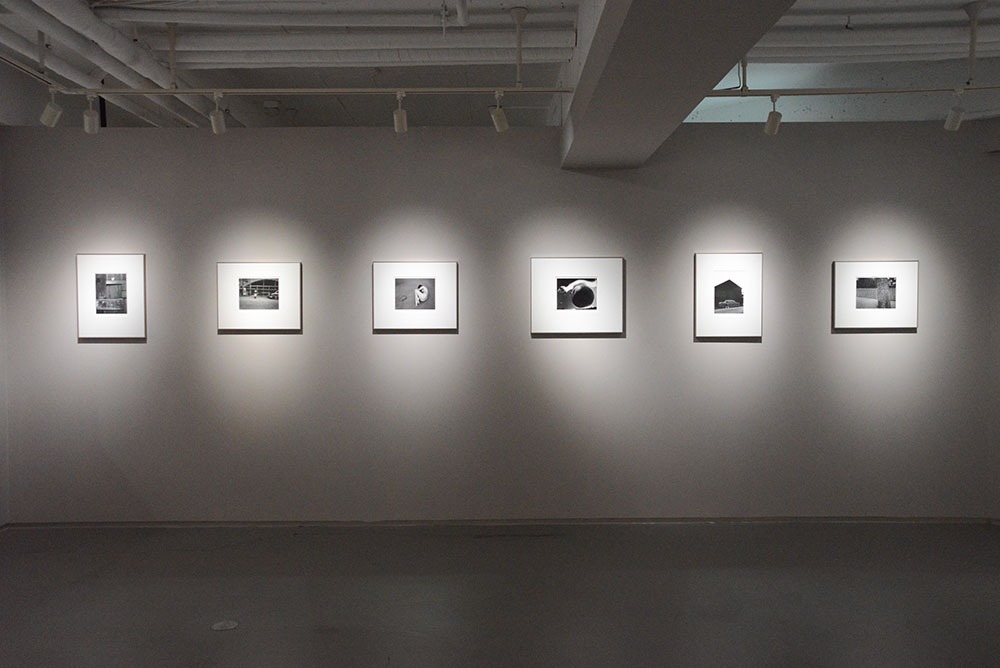
©Kochi Prefecture, Ishimoto Yasuhiro Photo Center
-
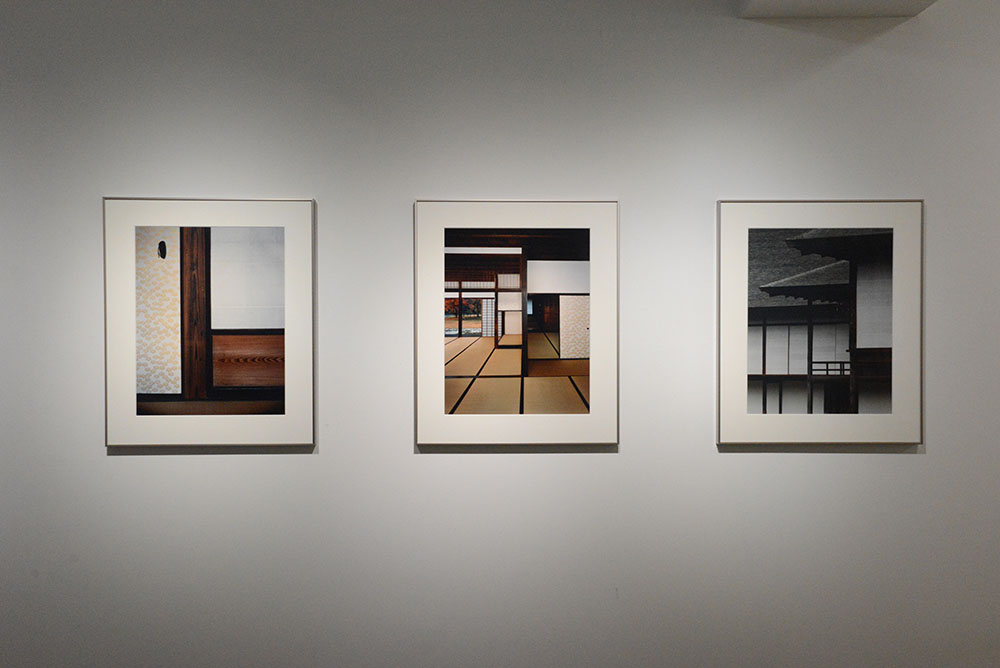
©Kochi Prefecture, Ishimoto Yasuhiro Photo Center
-
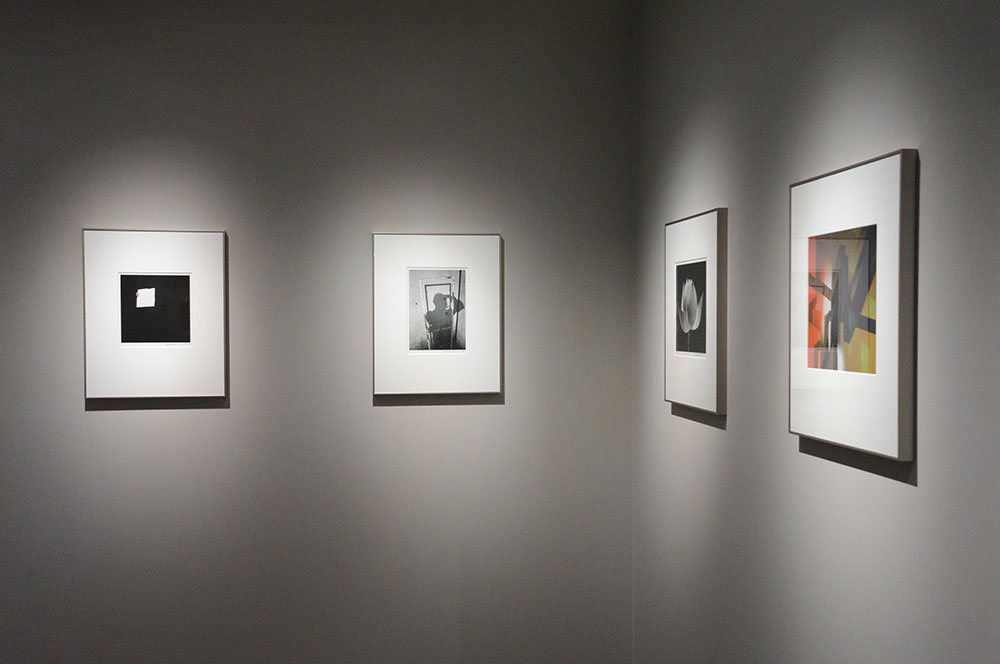
©Kochi Prefecture, Ishimoto Yasuhiro Photo Center
-
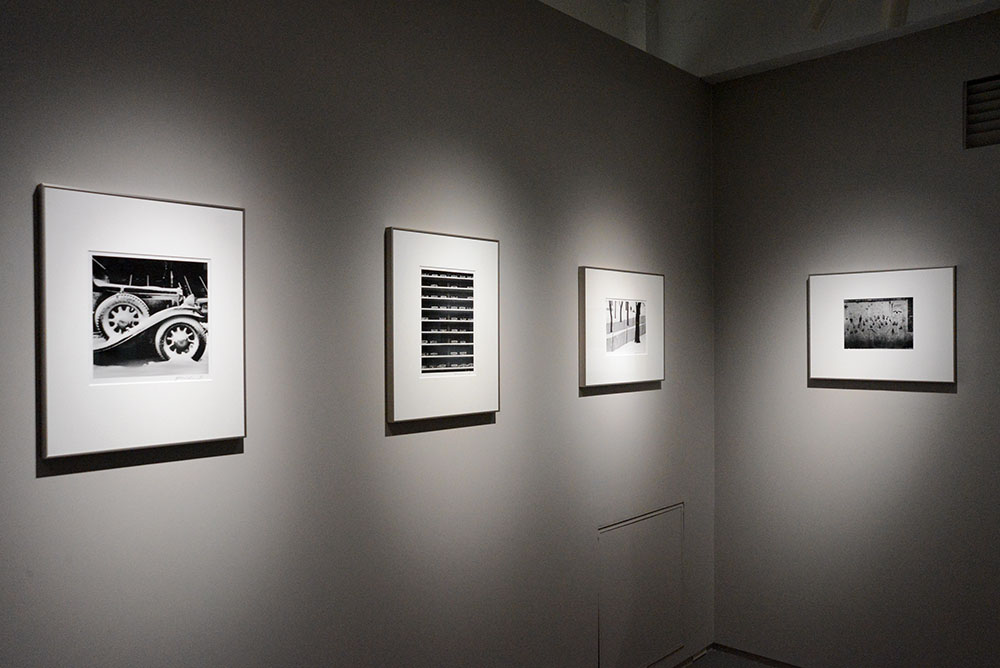
©Kochi Prefecture, Ishimoto Yasuhiro Photo Center
-
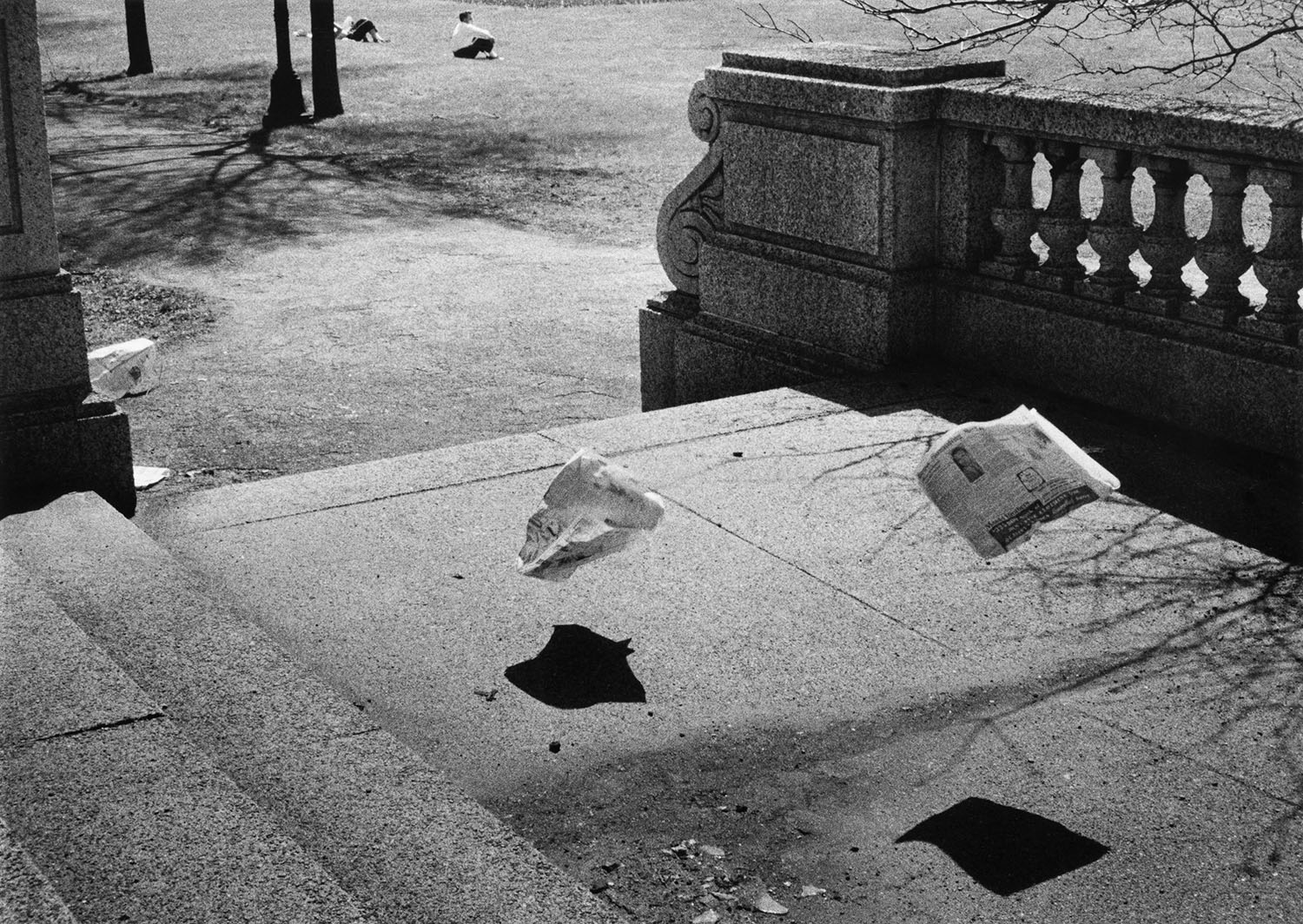
©Kochi Prefecture, Ishimoto Yasuhiro Photo Center
-
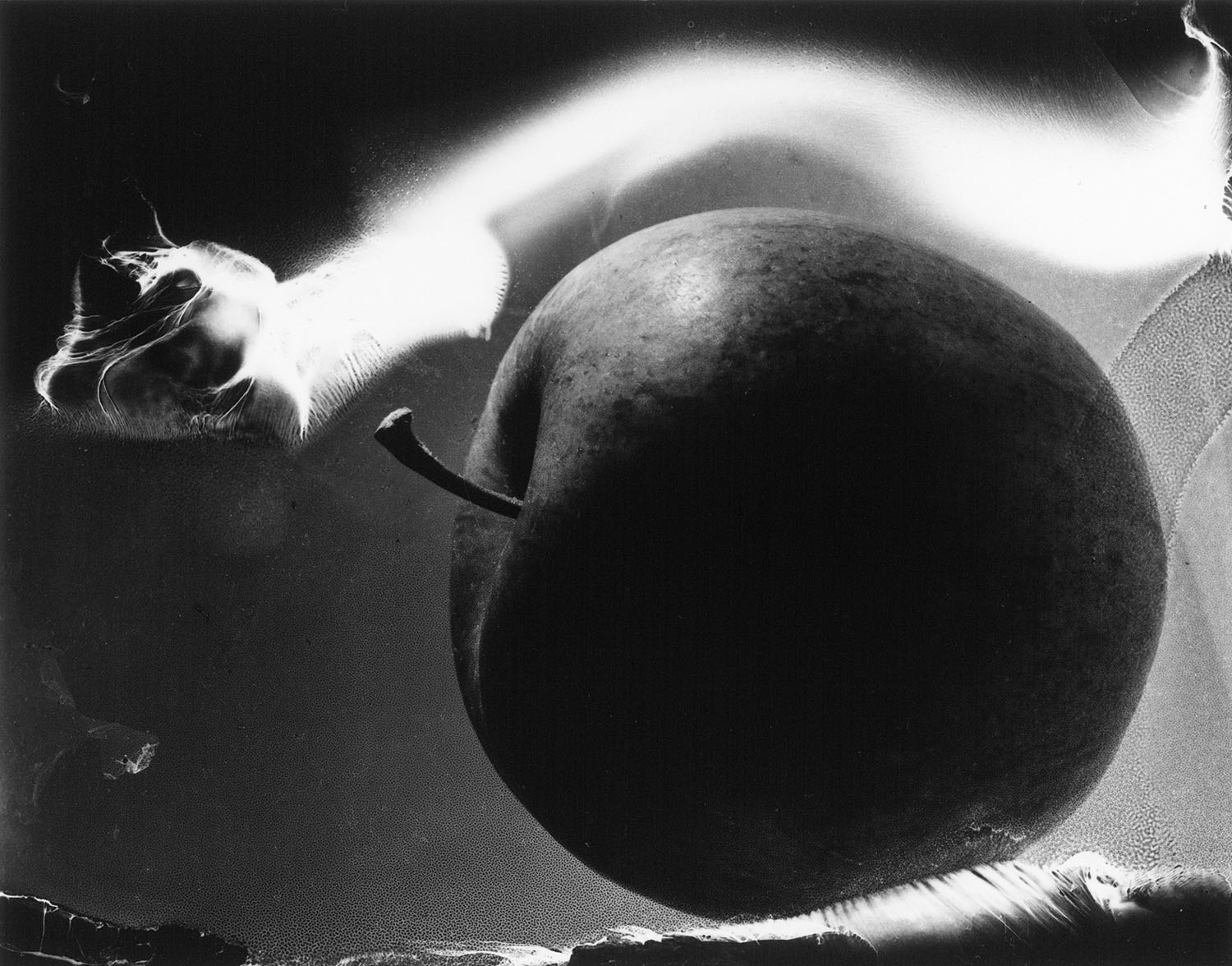
©Kochi Prefecture, Ishimoto Yasuhiro Photo Center
-
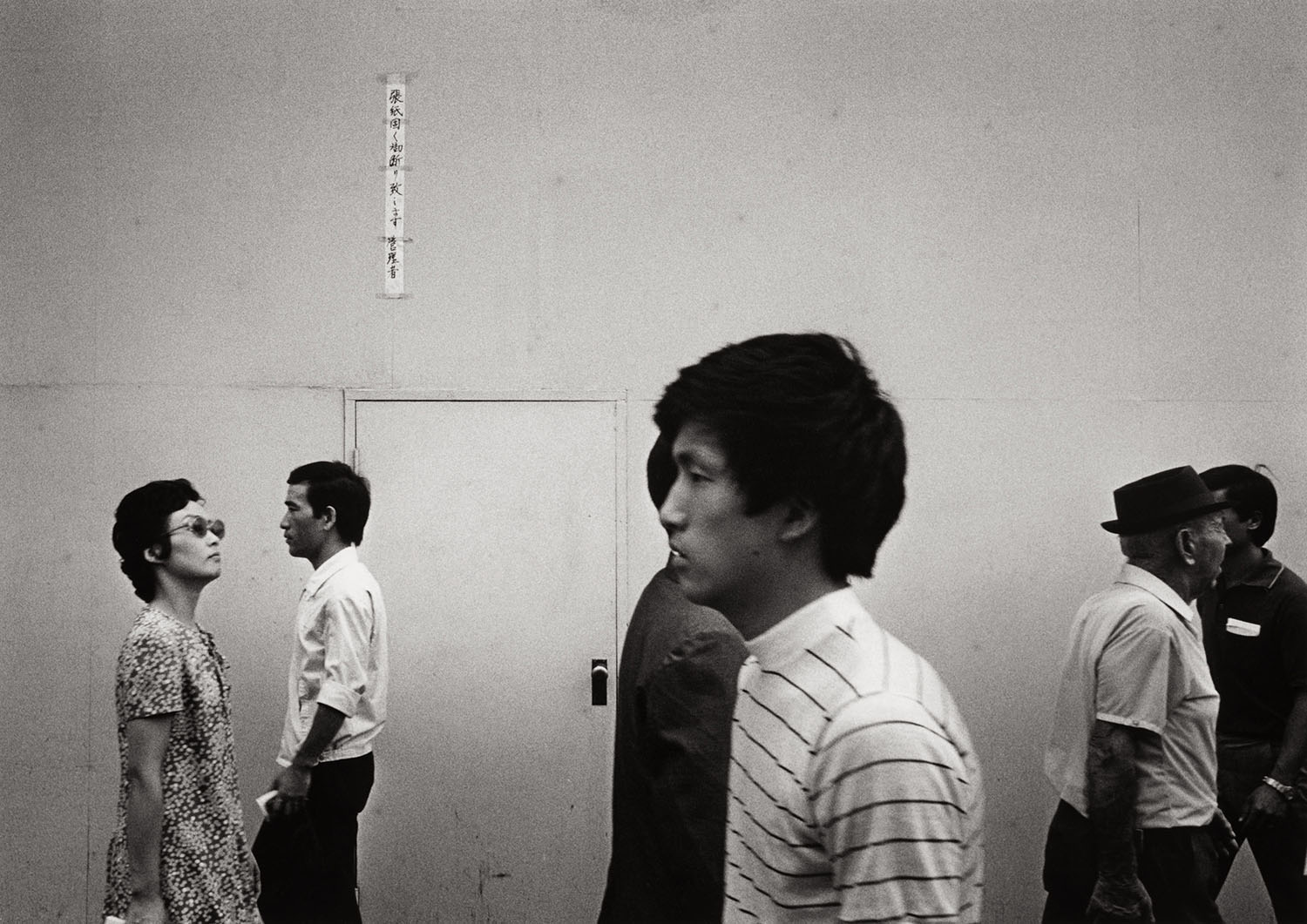
©Kochi Prefecture, Ishimoto Yasuhiro Photo Center
-
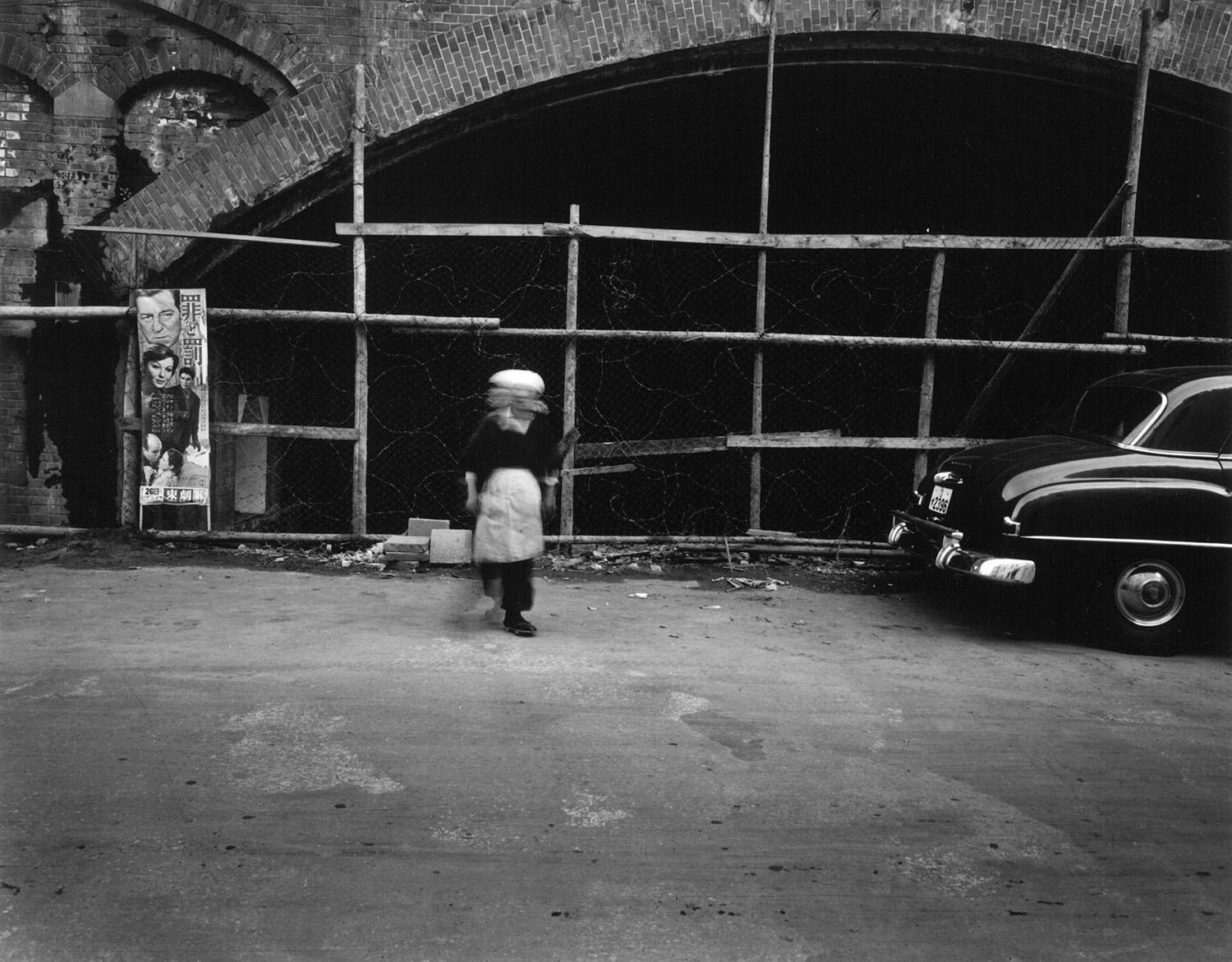
©Kochi Prefecture, Ishimoto Yasuhiro Photo Center
-
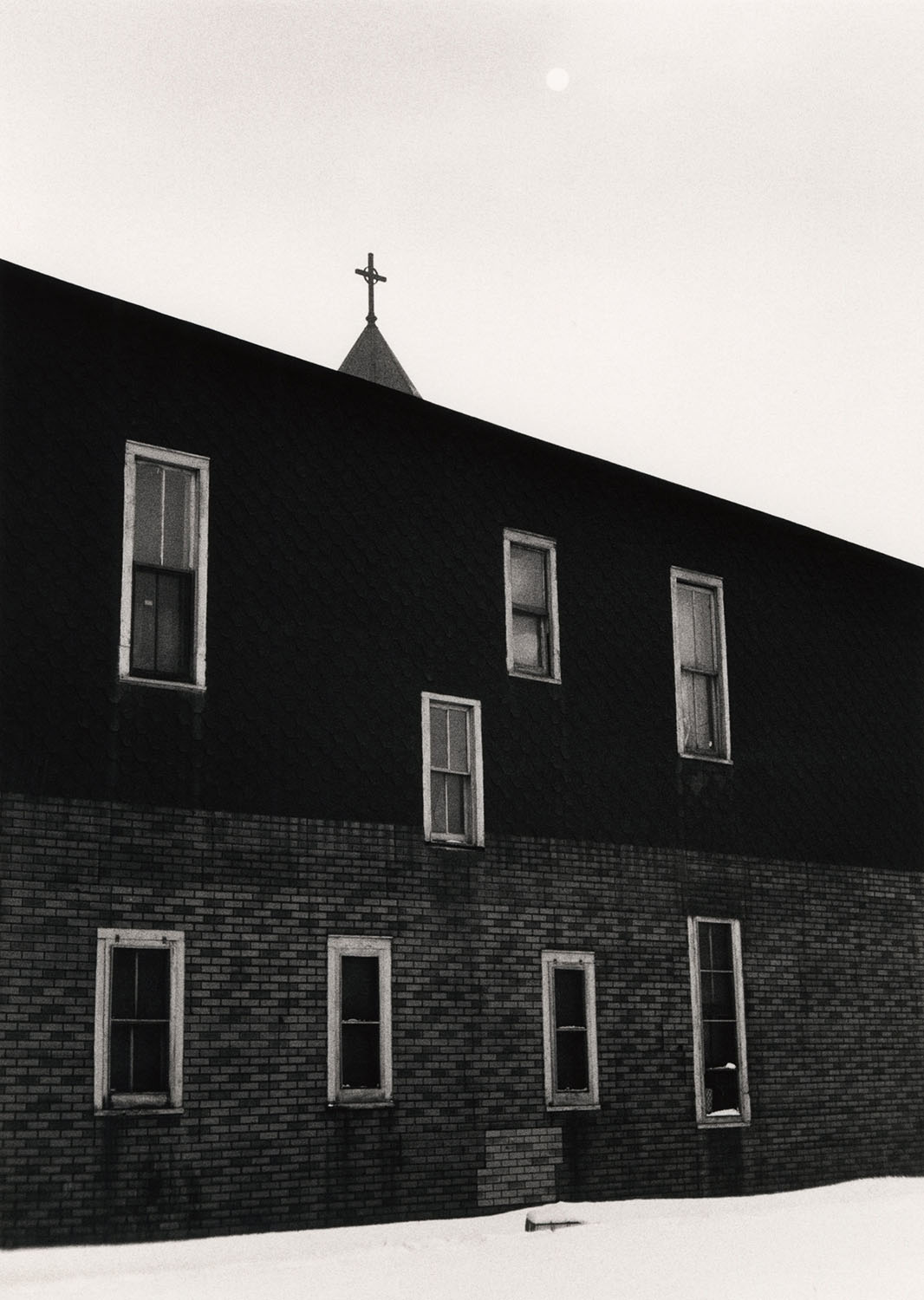
©Kochi Prefecture, Ishimoto Yasuhiro Photo Center
-
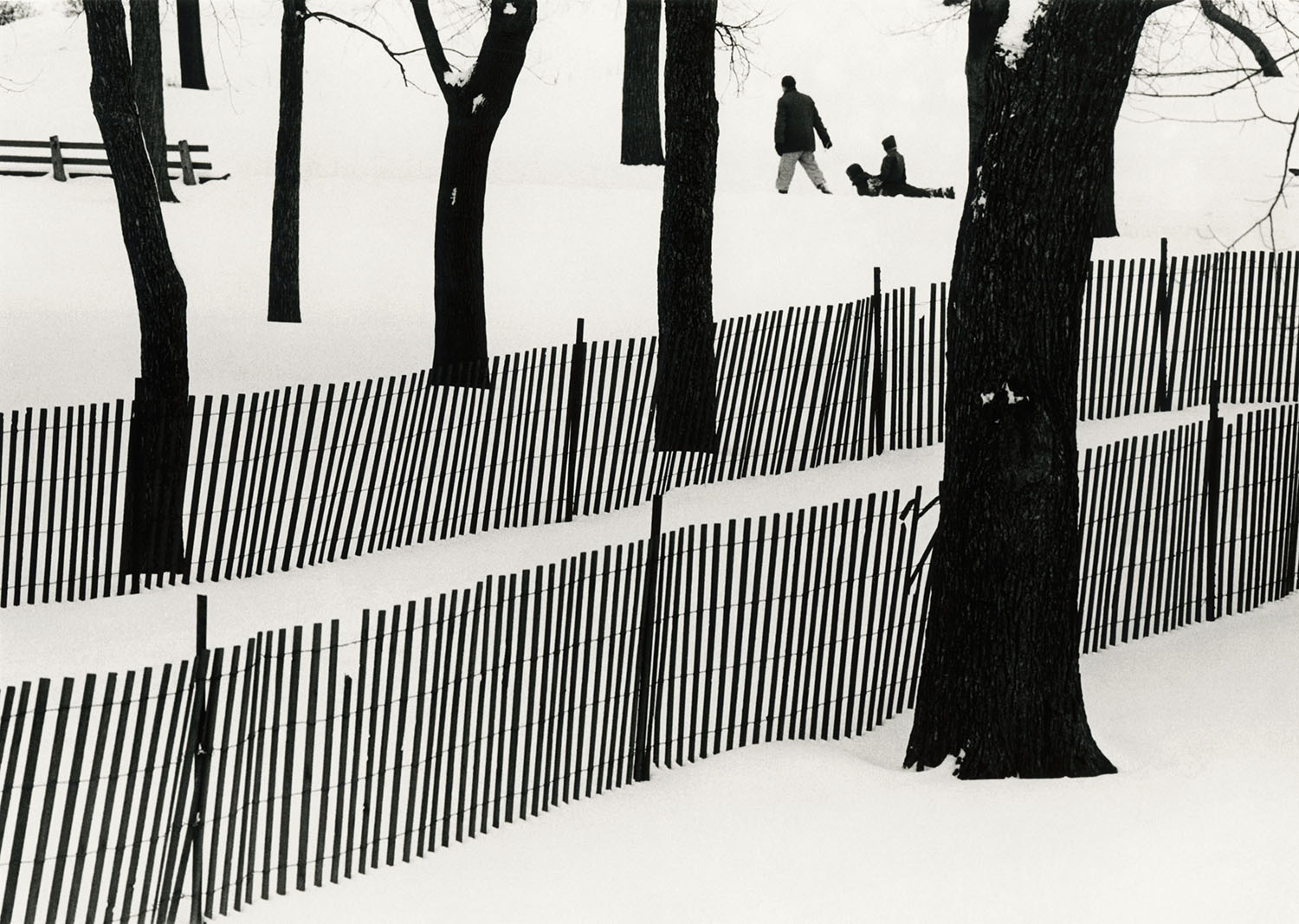
©Kochi Prefecture, Ishimoto Yasuhiro Photo Center
Yasuhiro Ishimoto was born in San Francisco and moved to his parents’ hometown in Kochi Prefecture at the age of 3. After returning to the United States at age 18 in 1939 he enrolled at the Chicago Institute of Design (referred to below as ID) in 1948 and studied at the New Bauhaus alongside photographers Aaron Siskind and Harry Callahan. Ishimoto returned to Japan to work as a photographer in 1953. He was commissioned to photograph the Katsura Imperial Village by New York Museum of Modern Art curator of architecture and design Arthur Drexler after a referral from the museum’s photography curator, Edward Steichen. The resulting book, Katsura. Tradition and Creation in Japanese Architecture. (By Walter Gropius and Kenzo Tange. New Haven: Yale University Press, 1960), was published by Zokeisha in 1960 and would join Someday Somewhere and Chicago Chicago as one of Ishimoto’s masterpieces.
In 2020 the Tokyo Photographic Art Museum, Tokyo Opera City Art Gallery and The Museum of Art, Kochi co-curated a Yasuhiro Ishimoto Centennial exhibition. The career-spanning retrospective featured photographs from his pre-ID days and architectural jobs as well as later works like the graphical street series Shibuya, Shibuya , garnering a new level of respect for his tightly composed images.
PGI is celebrating Ishimoto’s 100th birthday with an exhibition featuring photographs from our collection which showcase his compositional mastery and dedication to capturing the essence of his subjects within the limits of a two-dimensional medium. These qualities are especially apparent in Katsura. Growing up between two cultures shaped Ishimoto into a “visual bilinguist” and allowed him to recognize the stylistic beauty of Katsura as a work of modernism. His sophisticated angles highlight the incredibly clever architecture of the Imperial Villa. Ishimoto’s unique way of seeing also added a sense of tension to many of his snapshots. In his Chicago and Tokyo street series, a keen understanding of the cities uncovers unexpected forms and transcends merely showing people or the times. The photos are also imbued with the surrealism that comes from meticulous observation accented by a unique utilization of line and the flatness of photographs, the culmination of an experimental education and exacting perception.
This exhibition was curated with Ishimoto’s deep interest in form in mind and features approximately 30 monochrome and color prints selected from his early days, Chicago and Tokyo snapshots, Katsura and Composition.
A Place for the Photographer Yasuhiro Ishimoto to Belong
Yuki Osawa
Yasuhiro Ishimoto was born in San Francisco in 1921 and raised in Kochi Prefecture from the ages of 3 to 18. After returning alone to California in 1939, he was forced to live in an internment camp for Japanese Americans—the Granada War Relocation Center—during World War II and, in 1944, was released whereupon he relocated to Chicago. Ishimoto started out as a photographer after completing his basic studies in photography at the Institute of Design (ID) at the Illinois Institute of Technology, also known as The New Bauhaus, the American descendant of the German Bauhaus.
ID’s experimental philosophy, which approached visual expression as a synthesis of scientific perspective and creative idiosyncrasy, formed the basis for Ishimoto’s photography. What may be called the spirit of the New Bauhaus is identifiable in the lively vision of the photographer, and especially in the consistently clear compositions and fine tonalities seen in his Chicago and Tokyo street photographs, as well as the modernistic interpretations of the Katsura Imperial Villa’s architecture and design demonstrated in the series Katsura. Although it is easy to be enthralled by the scrupulous precision that distinguished each of Ishimoto’s frames with his compositional sensibility, we mustn’t forget that behind those photographs existed the complicated life led by Ishimoto. Inside of his gaze, which first understood subjects through form, then analyzed their interrelationships with clinical impartiality, was a lonely self-searching, spurred by an internal debate over whether he himself should rightly be considered Japanese or American.
At one time, PGI housed a collection of over 10,000 Ishimoto prints. In Ishimoto’s view, photography was a way of searching for his identity, and each print he left behind was a direct piece of his soul. While in his final years most of his prints were endowed to the Museum of Art, Kochi, 300 of his representative works also entered the collection of The Museum of Fine Arts, Houston, and 55 of his iconic Katsura prints were acquired by the Bauhaus-Archiv/Museum für Gestaltung, Berlin, much to the joy of Ishimoto.
Throughout his lifetime, there was only one place where this solitary photographer could feel he belonged; as suggested by the title of one of his own series, that was Someday, Somewhere. Now, his introspective works have been identified as having strong roots in the lands of the United States, Japan, and Germany, and they carry on his legacy in all those places, anticipating an encounter with their audience.
Yasuhiro Ishimoto (1921–2012)
Born in San Francisco, Yasuhiro Ishimoto moved to Japan’s Kochi Prefecture with his parents in 1924, then returned to the United States in 1939. In 1948, he enrolled in the Institute of Design (ID), which became the Institute of Design at the Illinois Institute of Technology the following year. There, under the tutelage of Harry Callahan and Aaron Siskind, he received an education defined by the principles of what was called the New Bauhaus. Ishimoto moved back to Japan in 1953 to start a career as a professional photographer. His sharp, intellectual photographs were quickly recognized as fresh and original. In the same year he created one of his most famous series, Katsura. He possessed a unique gift for composition that can be seen throughout his work. In addition to Katsura, his best known series include Chicago, Chicago; Mandala; and Ise. Ishimoto donated his archive of over 10,000 images to the Museum of Art, Kochi, in 2004.